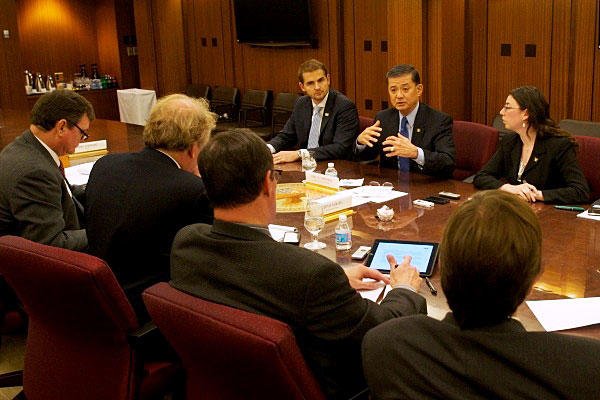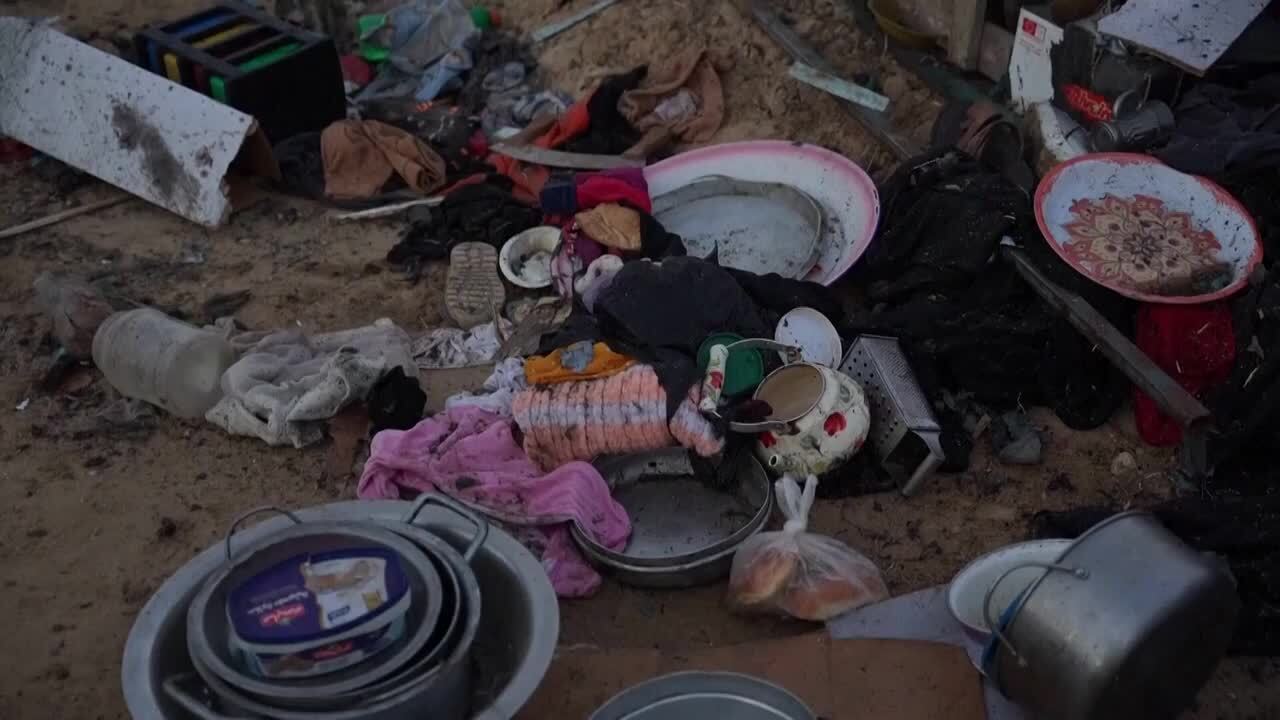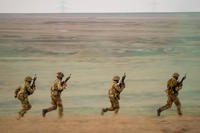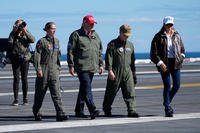After weathering a storm of criticism last spring from veteran service organizations and an associated tsunami of bad press over the number of backlogged veteran disability claims -- peaking at more than 611,000 in March -- the Department of Veterans Affairs is now claiming partial victory.
"Veterans shouldn't have to wait for the benefits they've earned," said VA Secretary Eric Shinseki at a media roundtable held Thursday at the VA headquarters in Washington D.C. "This has never been acceptable, but we are executing our plans and moving in the right direction to meet our goal of eliminating the backlog."
VA sources say the claims backlog has been reduced by 34 percent since March and that 94 percent of the claims over 12 months old have been completed. The agency lists the current inventory at 400,835 (as of Nov. 2).
To tackle the backlog, the Veterans Benefits Administration directed 20 hours of mandatory overtime per month for claims processor. And in spite of the fact that the 17-day government shutdown eliminated overtime for VBA employees, which flat-lined the rate at which claims were being processed during that period, Shinseki is sticking with the VA's goal of ending the backlog.
"We will end it as planned in 2015," he said.
Shinseki also said the accuracy of rating decisions has improved, citing a three-month average for decision accuracy over claim files at 90 percent -- a 5 percentage point improvement since 2011.
He gave full credit for the gains to the Veterans Benefits Administration and noted that over half of the VBA employees were military veterans.
And Shinseki said that number should get better as the VA continues to make the transition away from paper forms and records. "We have to automate, have to get out of paper," he said.
To that end, Shinseki said that the latest version of the Veterans Benefit Management System -- the VA's all-digital record keeping process -- had been fielded six months ahead of schedule.
But Shinseki also remarked that the VBA has been going "full throttle" for the last few years, not just recently as a function of VSO scrutiny or congressional pressure. "We processed a million claims in 2010, a million in 2011, and a million in 2012," he said. "And in 2013 we’ve processed even more than that -- 1.17 million claims."
Shinseki is concerned that the mandatory overtime is burning out the workforce, and resultantly the VA is curtailing the hours from Nov. 23 through late January 2014. He said the agency would assess the impact of fewer hours on reducing the backlog in a few months and adjust however the situation demanded going forward "with a fine hand on the tiller."
Shinseki also mentioned that 2013 was the first year that the VBA output more decisions than it took in receipts -- another sign of the right kind of activity required to end the backlog.
Dealing with a rising tide of veteran mental health cases stemming from experiences in the post 9/11 wars has been another challenge to the VA. The agency recognized it was understaffed to deal with the problem, and in August of 2012 President Obama signed an executive order that set hiring goals for psychiatrists and psychologists.
In June, the VA announced the department had hired 1,600 additional mental health professionals, which exceeded the goal established by the executive order. The VA also hired 800 veterans as "peer specialists" and "peer apprentices," people defined by the VA as "veterans who have successfully dealt with their own mental health recovery for a minimum of one year" who are brought onboard to assist other vets who are wrestling with destructive impulses, depression or similar issues..
The skyrocketing military suicide rate has been perhaps the most visible and dramatic manifestation of this mental health crisis, and Shinseki said the VA's ability to deal with it starts with better collaboration with the Defense Department. "Many of these problems are seen well before the uniform comes off," he said. "We could benefit from a warm hand-off with DoD."
Shinseki said VA programs had "interrupted" 30,000 suicide attempts, enough to man two Army divisions.
In his closing remarks to the small group of reporters, Shinseki pointed out the upcoming Veterans Day holiday and said that honoring servicemembers "shouldn't be a one-day event, but an abiding commitment."
And he likened the VA's plan to some of the Army strategies he was part of, saying any successes were a function of "decisive planning and violent execution."





























